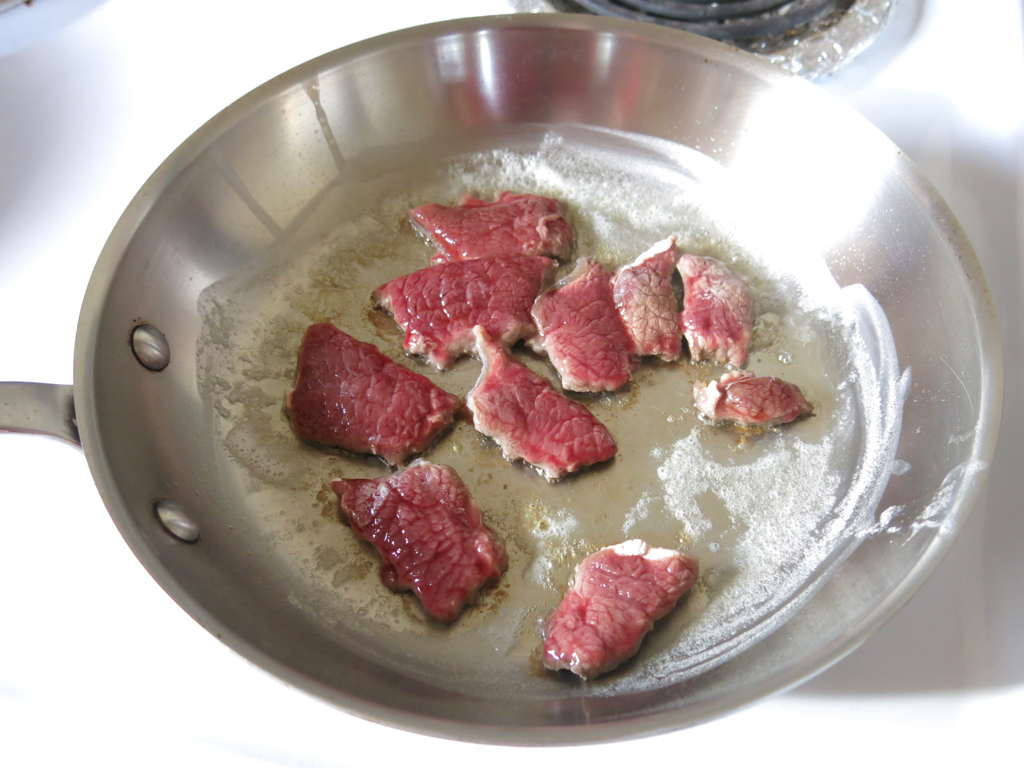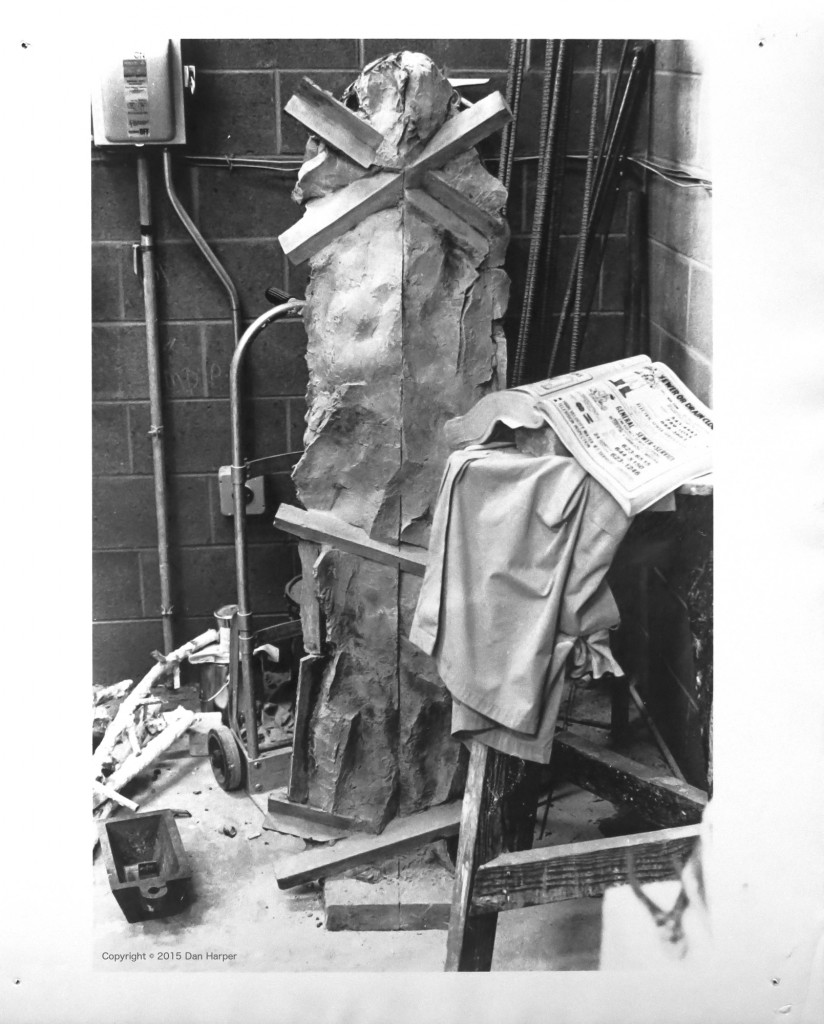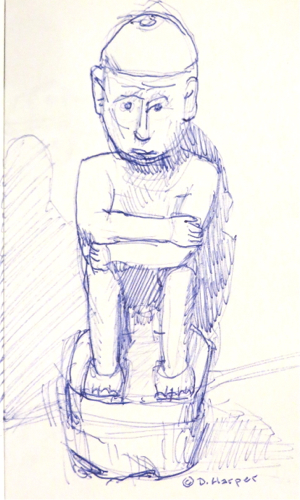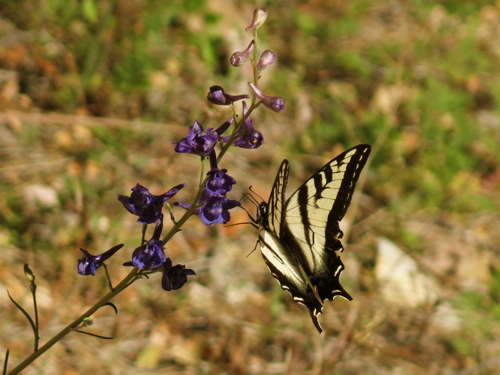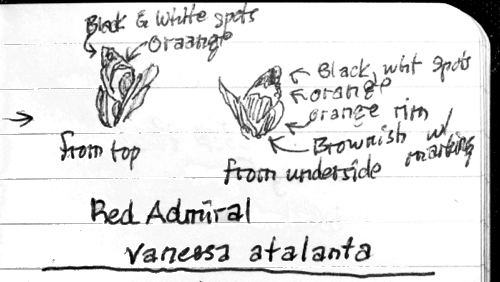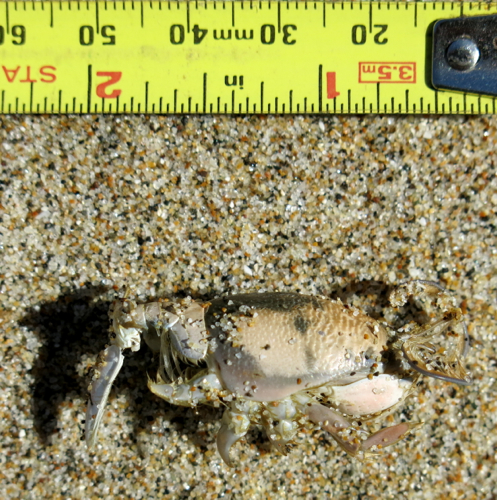Back in 1892, Rev. Celia Parker Woolley, a feminist, antiracism activist, and Unitarian minister, gave a short talk on the need for women’s intellectual and spiritual freedom. In this talk she places freedom before love, and for this reason I think Woolley’s talk remains relevant: she is telling us that the problem is not whether to put family or career first, or how to “lean in” and have it all; the problem, simply put, is that women must have the same kind of freedom that men have.
Woman’s Relation to Religious Freedom
delivered during the fiftieth anniversary celebration of the First Unitarian Society of Geneva, Ill., 11 June 1892; stenographically recorded
[At a Saturday evening collation, the Chair called on Rev. Celia Parker Woolley to respond to the toast “Woman’s relation to religious freedom.”]
I have been wondering, Mr. Chairman, whether you stopped to consider the amount of moral dynamite in the selection of this subject, the combination of two such words as “woman” and “freedom.” It is a rather serious subject to me and I fear I shall not be able to treat it with that lightness and ease that belong to after-dinner efforts of this kind. It has prompted me to take a text, not from the Bible, but from one of our modern prophets, Olive Schreiner. It is from one of the shorter allegories in her latest volume of Dreams, and is entitled, if I remember aright, “The Angel of Life,” and runs as follows:
“The Angel of Life approached a woman sleeping, bearing a gift in each hand [Freedom in one hand, and Love in the other], and saying to the woman ‘Choose.’ The woman waited long and finally chose— Freedom. The Angel smiled and said ‘That is well. Hadst thou chosen the other I would have given thee thy choice, but I should have gone away, not to return. Now I shall return, and when thou see’st me again, I shall bear both gifts in one hand.’ (Note 1)
There is a profound truth in this little fable whether you regard the sleeping woman as typical of the entire race of men and women together, typical of both as truth-seekers, or whether you take the figure as standing for woman alone, in her search for a higher and more complete womanhood. It leads us also to think of the comparative merits of love and freedom as factors of growth. I don’t know that I would go so far as to say that a broader and truer synthesis is reached in the word Freedom than the word Love, but I certainly feel that the last word is used in often a very injurious and misleading way. I hear much preaching of love in the pulpits that offends both my taste and judgment, still, undoubtedly love is the grander, more inclusive word than any other in our human speech, when rightly used. What the allegory means to teach is, I think, that if Love is the word defining the spirit that governs all things, Freedom is the word which defines that method of growth by which we reach the truest conception of love and become its helpful ministers.
Historically, the allegory does not speak the truth. Historically, as a matter of fact in her own personal experience and that of her race, woman has never chosen freedom before love. On the contrary, all her choices have been those of love, those choices represented in the various relations in life which she has been called on to sustain, of society, the family, the church. So that when we try to talk about woman’s relation to freedom, or to religious freedom, we seem to have little to say. We should find a great deal to say if we were to speak of woman’s relation to religion. Then we could speak of her zeal, her devotion, her piety, the large numbers she has always brought to the support of the church compared with man. But when we remember how often that devotion has been purchased at the cost of real intelligence on her part, how her zeal has generally stood for bigotry and ignorance, then we see the difficulty of saying much in her favor on this special subject. But the past is one thing, the future another, and my subject is justified by the hope and the promise held out to woman and to the world through her, in this era of awakening intelligence and responsibility in which we live.
Today, we stand at that point in the development of religious thought, or rather in the development of all thought, when freedom is seen to be a necessary condition of intellectual life. Socially, religiously, domestically, woman never enjoyed that degree of liberty that is given her to-day, freedom to use her own mind and heart in solving the problems of life, that comes to her not as a woman but as a human being. To be of great worth to the world and to man she must cultivate all her powers unhindered, must make the most and best of herself. She must choose freedom first, before love, or love will be unworthily chosen. As I think of this, and remember how complex are all the relations of life, see how much of pain, misunderstanding and seeming wrong such choice on woman’s part means, I see how the strain and pain of new growth must be felt by man as well as by her, how she has in some respects the easier task, since she has but to choose for herself; while man who has so long held the reins of privilege, influence and authority must make her choice his, choosing freedom for her with freedom for himself. Men have much to learn and suffer here.
In their religious life women have had a voice and influence only on the lower plane of the church’s practical work. Woman has contributed too little to the thought the higher spirituality of the church. Men will be her natural leaders here for a long time to come. Not until she has learned to think independently as well as reverently will her relation to the coming creed founded on perfect mental liberty, be established.
— ed. T. H. Eddowes, Frances Le Baron, and George Brayton Penney, Fifty Years of Unitarian Life: Being a Record of the Proceedings on the Occasion of the Fiftieth Anniversary of the Organization of the First Unitarian Society of Geneva, Illinois, Celebrated June Tenth, Eleventh, and Twelfth, 1892 (Geneva, Ill.: Kane County Publishing, 1892), pp. 122-124.

Notes
Note 1:
(The story as actually printed in Schreiner’s book reads as follows:)
Chapter VIII: Life’s Gifts
I saw a woman sleeping. In her sleep she dreamt Life stood before her, and held in each hand a gift — in the one Love, in the other Freedom. And she said to the woman, “Choose!”
And the woman waited long: and she said, “Freedom!”
And Life said, “Thou hast well chosen. If thou hadst said, ‘Love,’ I would have given thee that thou didst ask for; and I would have gone from thee, and returned to thee no more. Now, the day will come when I shall return. In that day I shall bear both gifts in one hand.”
I heard the woman laugh in her sleep.
— Olive Scheiner, Dreams, “Author’s Edition” (Boston: Roberts Brothers, 1891), pp. 115-116.
